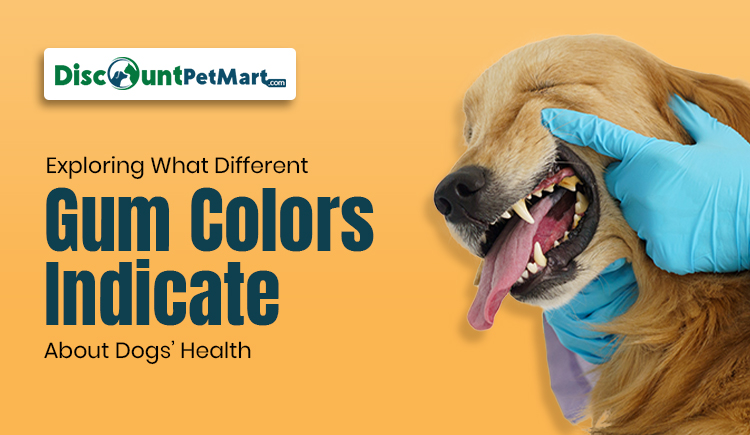What Your Dog’s Gum Color Really Means—The Surprising Health Secrets Every Pet Owner Needs to Know
If the above is not the case, your dog may be suffering from a health problem and it is time you take them to a veterinarian.
Different dog gum color and what they indicate
Here is what different gum colors mean about dog health:
- Pale or white gums White or pale gums are of serious concern as this can be a signal of a lack of blood circulation or low red blood cells. It indicates anemia, heart disease or shock and needs immediate care.
- Red or inflamed gums Red gums are a sign of gingivitis. Just inflamed or momentarily deep pink gums can be due to your fur buddy being excited or hot, and is not a cause for concern. But, prolonged cherry red color of the gums can be the result of carbon monoxide or other poisoning, heatstroke or hypertension.
- Blue or purple gums Medically called cyanosis, this color indicates that an adequate amount of oxygen is not reaching your dog’s body. Your fur baby may be suffering from a heart disease, respiratory illness, or low blood pressure. This can be potentially life-threatening and require immediate medical attention.
- Yellow gums Yellow gums often indicate immune-mediated anemia or liver dysfunction, jaundice or icterus. Another reason can be damage to red blood cells. Your fur friend can also get yellow gums as a side effect of blood transfusions.
- Dark spots There can be multiple reasons for brown or black patches on the gums, including aging, infection, or an autoimmune disorder. The spots that have always been there can be a breed-specific feature. But the ones that have newly appeared need a vet check-up.
How to keep dogs’ gums healthy
It goes without saying that your furry family member will require disease-specific care once you have identified it with the help of gum appearance. But to maintain your pooch’s oral health and keep their gum healthy, the following tips will be helpful:













Post Comment